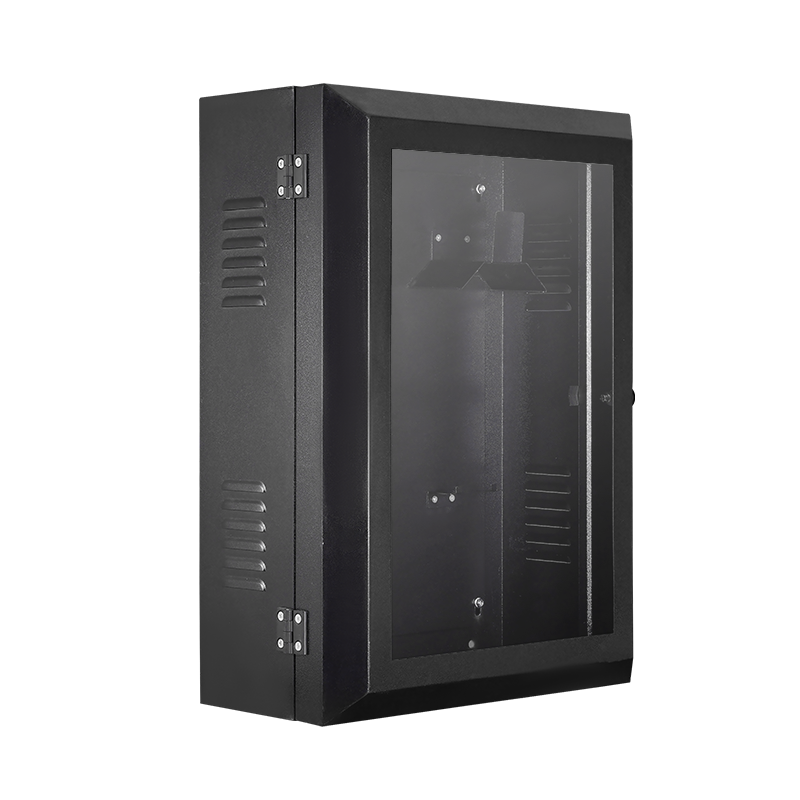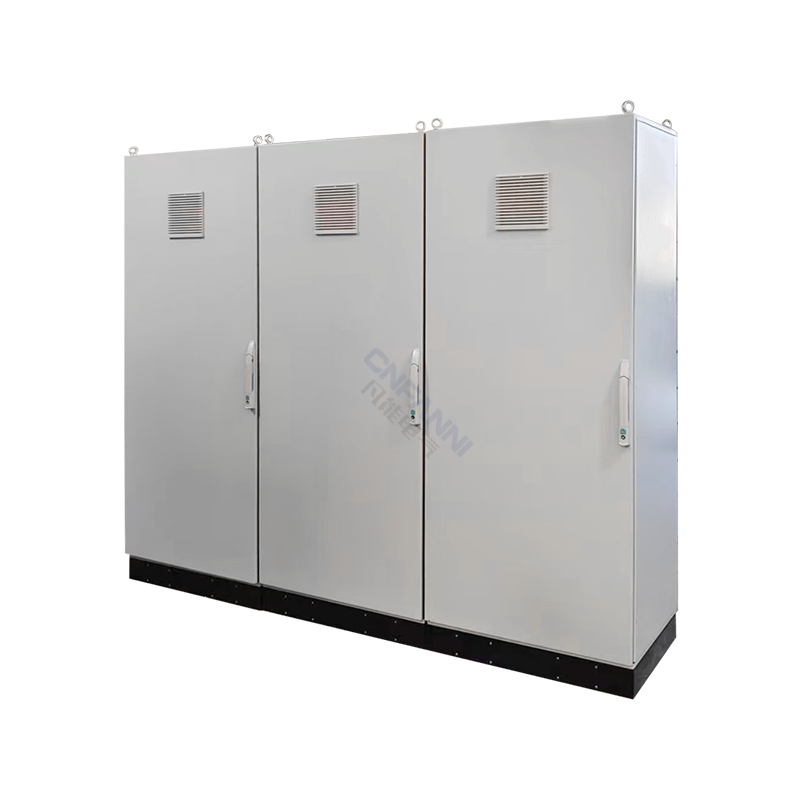A critical component of any EV charging system is the housing that protects the internal components from environmental and operational hazards. Outdoor electric vehicle charger housing plays a vital role in ensuring safety, longevity, and user convenience. A well-designed housing not only safeguards electrical components but also contributes to operational efficiency, ease of maintenance, and overall user experience.
Materials and Protection
The choice of materials is a foundational aspect of outdoor EV charger housing. These housings must withstand exposure to various weather conditions, including rain, snow, extreme heat, and sunlight. Materials such as aluminum alloys, stainless steel, and high-grade plastics are commonly used due to their resistance to corrosion, environmental degradation, and physical impact. High-grade plastics are often reinforced to improve impact resistance while maintaining lightweight properties, which facilitates transportation and installation.
Protection extends beyond material selection. Enclosures typically adhere to standardized ingress protection (IP) ratings to ensure safety against dust, dirt, and moisture. An IP rating, such as IP65 or IP66, indicates a high level of protection against dust particles and water jets, allowing the housing to function reliably under varying weather conditions. Effective housing design also incorporates measures to prevent condensation, which could damage sensitive electronic components. This may include internal coatings, moisture-absorbing materials, or strategically placed ventilation channels. Some housings include UV stabilizers within the material to small degradation caused by prolonged exposure to sunlight, which helps maintain structural integrity and aesthetic appeal over time.
Additionally, materials are chosen to balance durability with environmental considerations. Many manufacturers consider recyclable or sustainable materials to reduce ecological impact while maintaining functional performance. Weatherproof seals, protective coatings, and reinforced corners are often integrated to enhance the durability of the housing against mechanical stress and prolonged outdoor exposure.
Design and Appearance
Design considerations for outdoor EV charger housing combine functionality with aesthetics. A well-designed enclosure should provide adequate space for internal components, including transformers, circuit boards, and control systems, while maintaining a streamlined and visually appealing exterior. Ventilation is often integrated into the design to dissipate heat generated during charging. Passive ventilation systems, air channels, or small fans can help maintain good operating temperatures without compromising the safety or appearance of the housing. Effective thermal management contributes to longer component life and consistent charging performance.
Aesthetics play an important role, particularly in public or residential settings. Enclosures are often designed to blend with their surroundings, using neutral colors, smooth surfaces, and clean geometric shapes. Modular designs have become increasingly common, allowing components to be easily upgraded, repaired, or replaced without requiring a complete housing redesign. This approach facilitates easier maintenance, reduces downtime, and supports scalability in commercial installations.
Additional design considerations include user interaction and accessibility. Housings may incorporate intuitive cable management systems, clear indicator panels, and ergonomic interfaces to improve the charging experience. A user-friendly design can increase adoption and ensure that the system remains accessible to a wide range of users, including those with limited mobility.
Installation and Mounting
Proper installation is essential for both the safety and usability of outdoor EV chargers. Enclosures can be mounted in various ways, including wall-mounted, pedestal-mounted, or integrated into larger charging stations. Each mounting type offers distinct advantages depending on the location, environmental conditions, and intended usage. Pedestal-mounted enclosures are suitable for parking lots or open spaces, providing easy access and visibility. Wall-mounted units can save space, improve cable management, and be more secure in constrained areas. Integrated installations may be preferred in commercial or public facilities, where multiple chargers are grouped together for efficiency.
Security considerations are also important in installation. Enclosures often include locking mechanisms or tamper-resistant fasteners to prevent unauthorized access to internal components. Cable management features, such as hooks, integrated reels, or retractable cords, help keep charging cables organized, reducing the risk of tripping hazards and mechanical damage. Proper installation ensures stability and reduces the likelihood of damage from environmental factors, including strong winds, minor impacts, or accidental contact with vehicles.
Installation planning also considers accessibility for maintenance. Providing sufficient clearance around the enclosure, easy access to electrical connections, and organized cable routing can significantly simplify routine inspections and repairs. This reduces downtime and ensures that the charger remains functional over extended periods.
Electronic and Safety Interfaces
The electronic and safety interfaces within EV charger housings are critical for user protection and operational reliability. Internal components must be carefully arranged to prevent short circuits, overcurrent, overheating, and other electrical hazards. Enclosures often include dedicated compartments for fuses, circuit breakers, and grounding systems to enhance safety. Proper insulation and separation of high-voltage power circuits from control circuits reduce the risk of malfunctions and ensure compliance with electrical standards.
In addition to protective features, many housings integrate monitoring and communication systems. These systems enable real-time diagnostics and remote monitoring, allowing operators to detect potential issues before they escalate into failures. Interface design also considers user interaction, with LED indicators, display screens, or simple push buttons providing clear and intuitive operation.
Furthermore, the integration of safety measures such as temperature sensors, surge protection devices, and emergency shutoff mechanisms contributes to operational reliability. These features allow the charger to respond dynamically to unusual conditions, maintaining safety for both the vehicle and the user.
Market and Applications
Outdoor EV charger housings are used in a variety of settings, from residential driveways to commercial parking facilities and public charging stations. The requirements for housing design vary depending on the application. Residential units prioritize compact size, ease of use, and aesthetic integration with home exteriors. Public or commercial units focus on durability, high-volume usage, and protection against tampering or accidental damage.
Climate considerations also influence housing design. Units in colder regions may incorporate insulation, heating elements, or frost-resistant materials to prevent freezing of critical components, while units in hotter climates may require enhanced ventilation, reflective coatings, or heat-dissipating materials to maintain safe operating temperatures. These adaptations ensure that the charging system remains reliable regardless of geographic location or seasonal conditions.
The market continues to evolve as more locations adopt electric vehicle infrastructure. Flexible designs that accommodate diverse installation environments, ease of maintenance, and operational scalability are becoming increasingly important. As EV adoption grows, the demand for housing solutions that balance safety, durability, user experience, and environmental considerations will remain a key factor in the design of outdoor charging infrastructure.
Overall, outdoor EV charger housing serves as more than just a protective shell. It is a carefully engineered component that ensures safety, durability, and user satisfaction. Thoughtful housing design is essential for both short-term usability and long-term operational performance, helping electric vehicle infrastructure meet the demands of modern transportation and environmental sustainability.


 English
English русский
русский عربى
عربى








